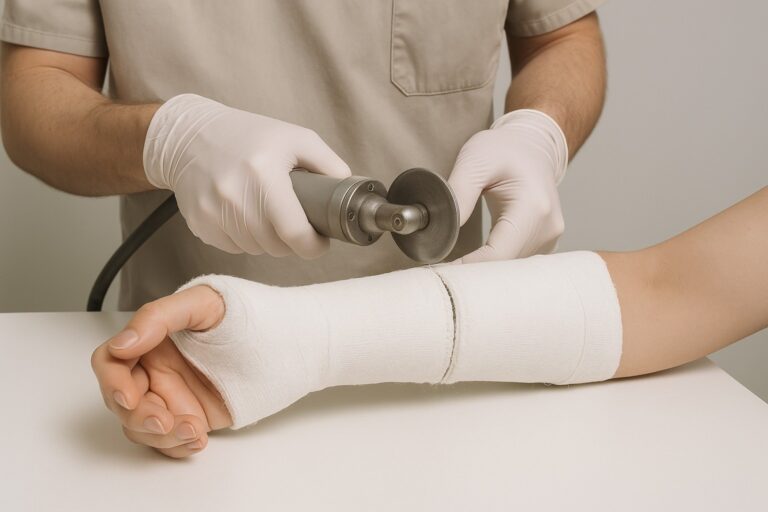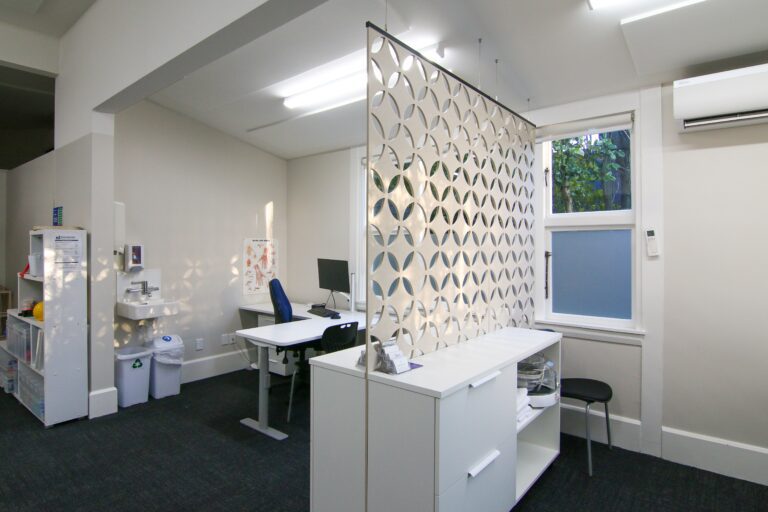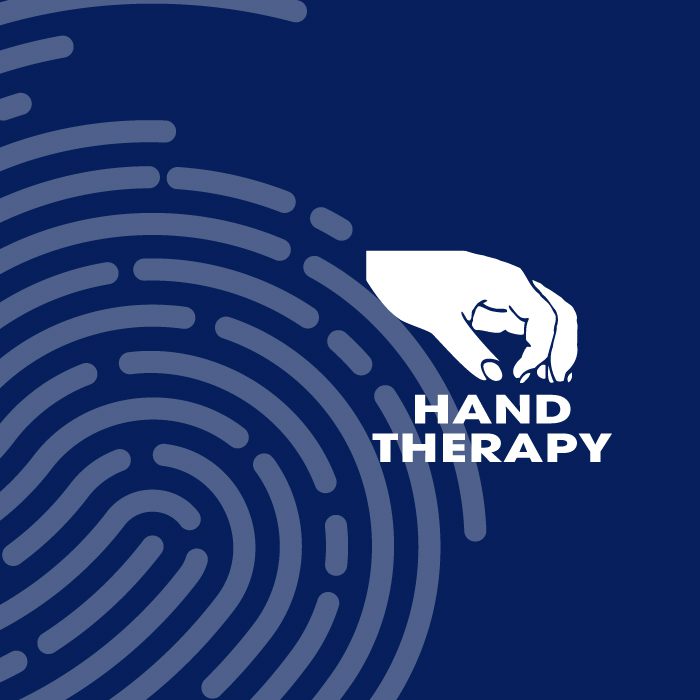The scaphoid is one of eight carpal bones in the wrist. It is a commonly fractured bone in the wrist, accounting for over 85% of all sport-related carpal bone fractures. Scaphoid fracture is particularly common in sports involving high impact injuries to the wrist. Young males and persons between 10 and 19 years of age are at highest risk for scaphoid fracture.
When an injury occurs, pain (with or without swelling or bruising at the “thumb side” of the wrist) can be noticed within days. Because there is no visible deformity and no difficulty with motion, many people with this injury assume that it is a wrist “sprain.”
Scaphoid fractures are usually diagnosed by an x-ray of the wrist; however, x-rays do not always show scaphoid fractures. A break in the bone that cannot be seen on x-ray at the time, is called an “occult” fracture. If there is tenderness directly over the scaphoid bone, the wrist may be placed in a cast as a precaution and a repeat x-ray taken at 10-14 days post injury. Sometimes a CT or MRI scan may be required to diagnose the fracture.
If the fracture is non-displaced (bone has not moved out of place), it can usually be successfully treated with a cast. Although the fracture may heal in as little as six weeks, it is not uncommon for patients to have a cast in place for up to twelve weeks. The scaphoid does not have a robust blood supply, especially at one end of the bone. This means in some cases the break does not heal properly. If the fracture is displaced (bone ends have shifted out of their normal position), or if the fracture does not unite (join back together) after 6 weeks in a cast, surgery is the best option. This involves the insertion of a screw or pins (and sometimes a bone graft) to hold the fracture together. The goal of surgery is to realign and stabilise the fracture, giving it a better chance to heal.
Hand therapy is commenced post operatively, or on removal of the cast. Wrists that have been in a cast for 6 weeks or more are often stiff when the cast is removed. Commonly, there is also weakness and muscle wasting of the forearm muscles because they have not been used for normal activity for some weeks. In wrists that have been treated operatively there can be scar sensitivity, stiffness, and weakness. The goal of hand therapy is to restore range of motion (movement) in the wrist and commence gradual loading until near-normal day-to-day function is achieved.
Treatment may include heat, stretches, graduated strengthening, advice, education, and functional loading. During this time, unless advanced activity is approved by your therapist, the following activities should be avoided:
- Lifting, carrying, pushing, or pulling
- Throwing with the injured arm
Participating in contact sports - Climbing ladders or trees
- Participating in activities with a risk of falling, such as inline skating or jumping on a trampoline
- Using heavy or vibratory machinery
- Smoking (which will delay or limit fracture healing)
Despite the input of hand therapy rehabilitation and a great deal of effort by the patient during home therapy, some patients may not recover the same range of motion and strength that they had before their injury.
If you have suffered an injury to the thumb side of your wrist and you would like a hand therapist to assess the injury you can make an appointment by calling us on 03 3559775. You do not need a doctor’s referral and if required, your therapist can refer you for an x ray and/or to a specialist should it be necessary.


